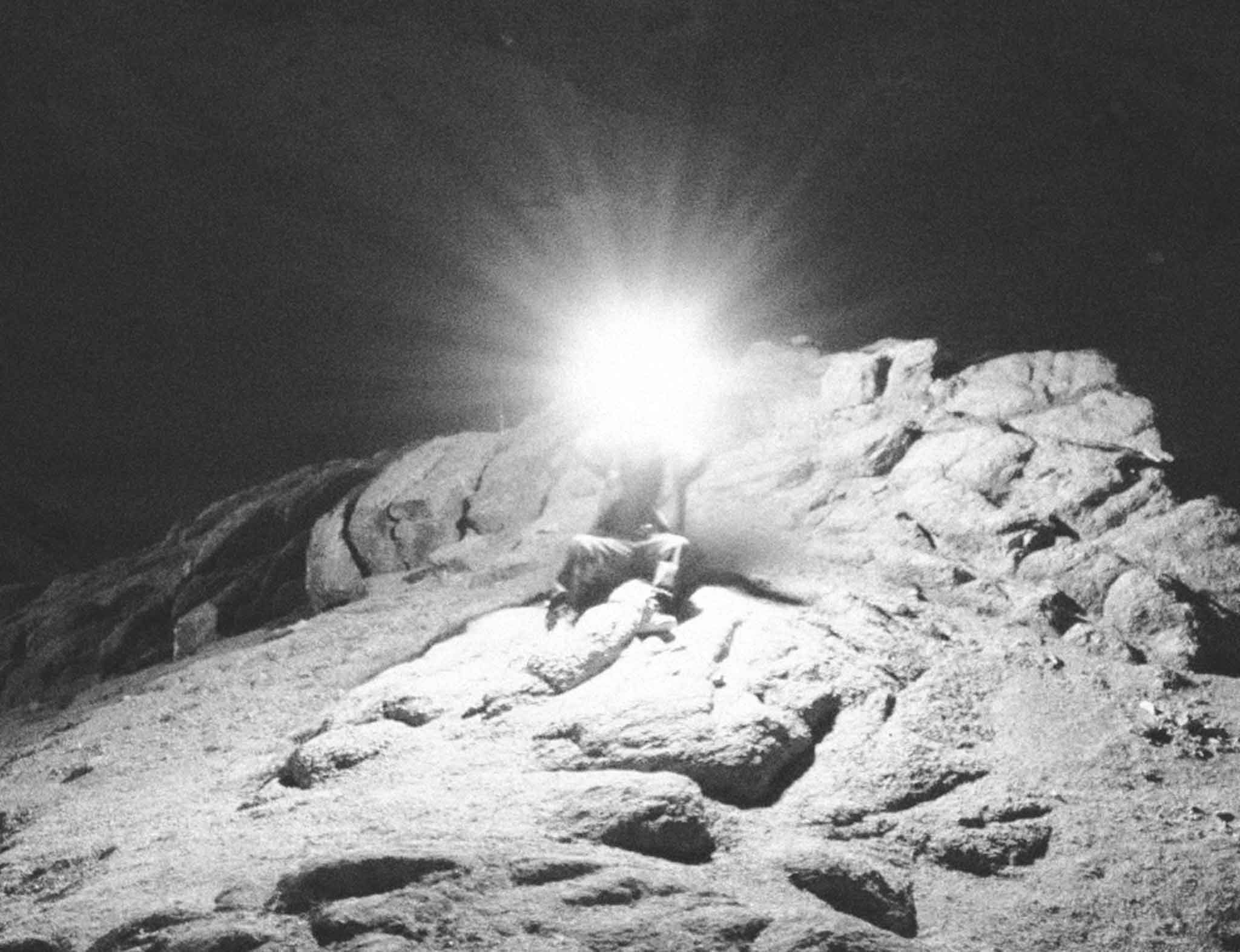The same things that are harmful to the environment are also bad for women. Ecofeminist concerns cannot be separated from these contexts, which means that constructing any ideology must prioritise avoiding ecological disaster and dismantling male violence against women and nature.
Sami BrissonUnveiling the Hijab: Women's Rights, Nature's Rights & Mental Health | Casey Chan
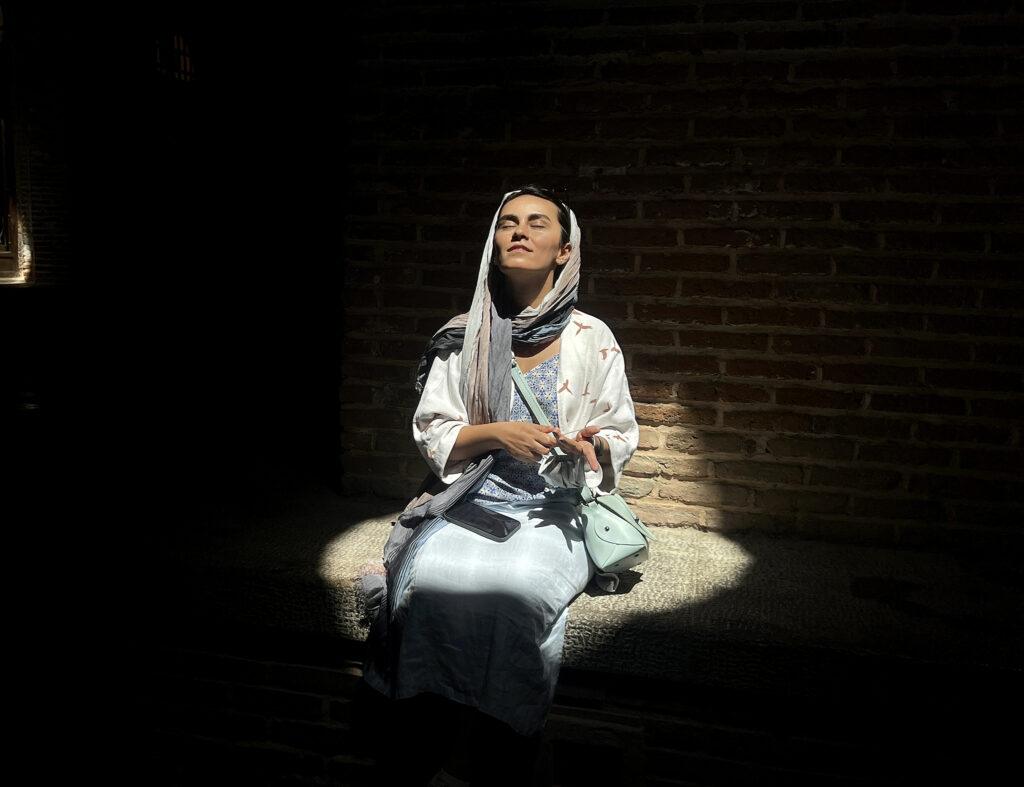
The tragic story of Mahsa Amini has sparked not only public outrage but has also made us aware of the underlying issues behind this event. Masha Amini, a 22-year-old Iranian woman, was stopped by moral police at a train station in Tehran for inappropriately wearing her hijab. (New York Times). She was pronounced dead three days after being taken to the hospital. Amini’s doctor kept her death from her family as brief as possible. “In the coroner’s office her body was covered in such a way that her father could not see anything except a small part of her leg that was bruised, the sources said.” (JPost). Protests are happening in Iran challenging the government to lower the hijab and dress code law.
This case reinforces the seriousness of the issue of toxic masculinity, unrealistic women’s body image, social media fashion trends and the cost of fast fashion.

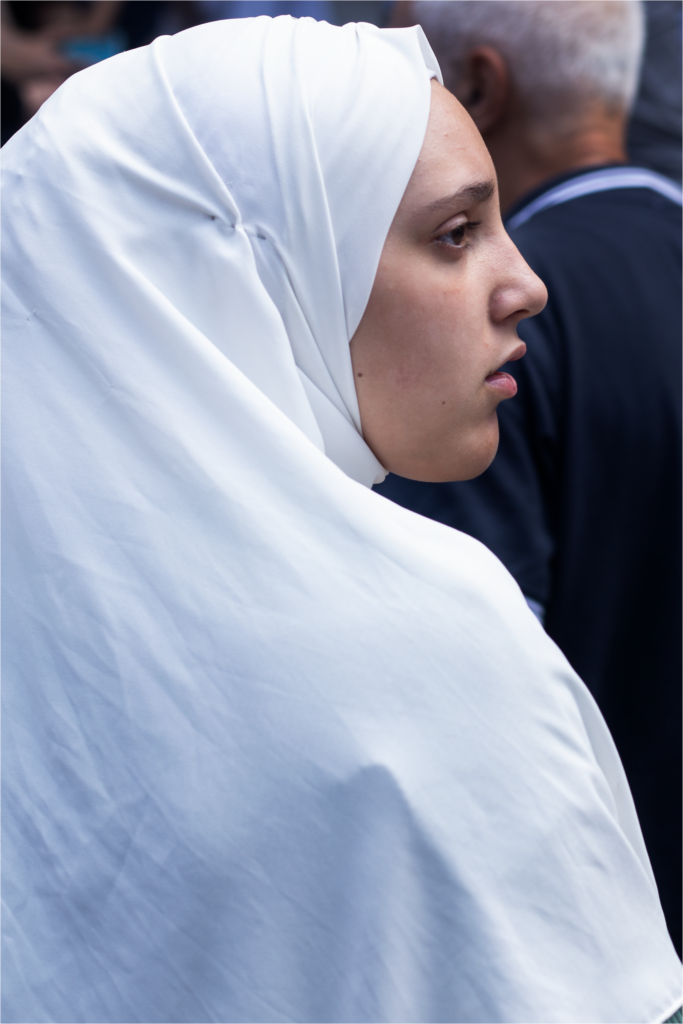
Iran enacted a strict dress code following its 1979 Islamic revolution, requiring women, regardless of faith or nationality, to wear the hijab and cover their bodies. The state enforces these laws through the Gasht-e Ershad (Guidance Patrols). As punishment for noncompliance, the squad is tasked with ensuring the respect of Islamic morals through tactics such as imprisonment, fines, and physical abuse. (CBC). People have been moved by Amini’s death to speak out on an issue they historically did not dare to. Ferdowsi’s 1,000-year-old Persian epic is a cultural mainstay in Iran. The poem, composed of nearly 60,000 verses, tells the stories of Persia’s kings and is considered one of the most important works of Persian literature. Hair is plucked in mourning on several occasions throughout the epic work. Iranian women are shaving and cutting their hair in public to express their rage, injustice, and grief.
A political action inspired and fueled by poetry.
(New York Times)
The desire to not wear the hijab only indicates a deeper sentiment: a women’s right to control her own being.
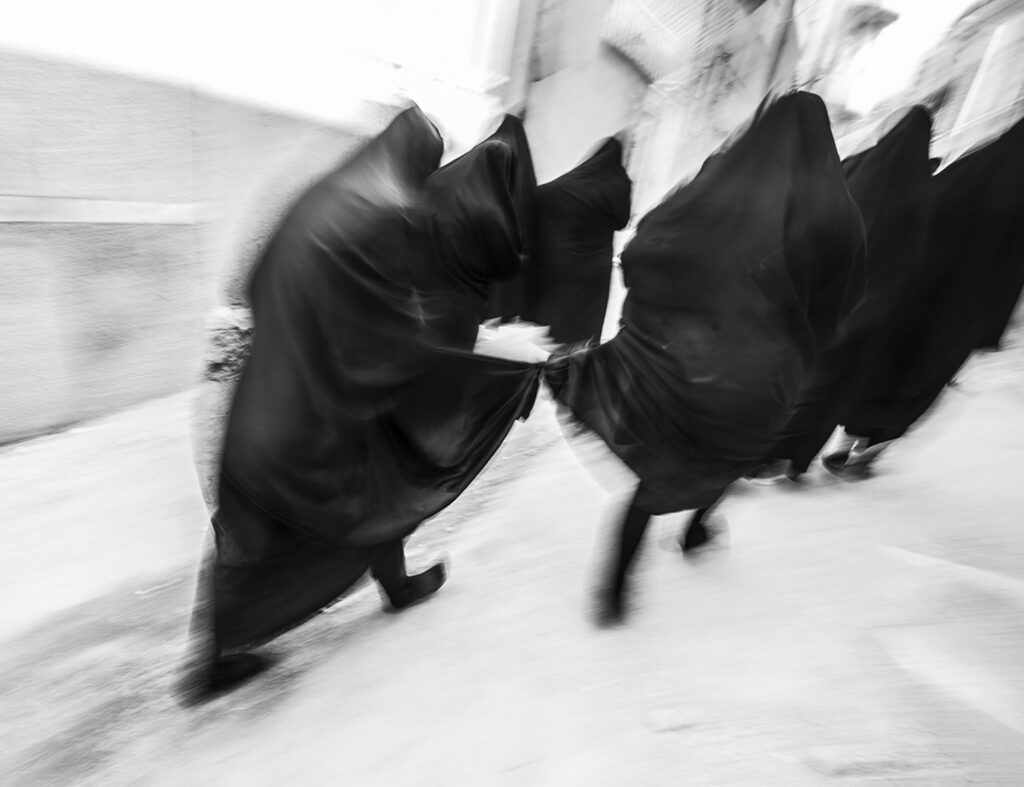
Fashion is widely used to express one’s identity. Religion can influence one’s clothing choices, but religion should not limit one’s freedom to express themselves through clothing. Individuals should be able to express their religious beliefs through their clothing with pride and freedom. Many religious Iranian women choose to wear the hijab voluntarily. However, becoming religious was not always the motivator for women to wear the hijab. It was also promoted as a fashion trend on television. They provided options for wearing different fabrics and colours, as well as mixing and matching to coordinate with jewellery and clothing. Other women wore hijabs to entice male suitors who associated the garment with piety. Women wear the hijab for a variety of reasons related to politics, fashion, entertainment, and religion, rather than simply because they support extreme strains of Islam. (Washington).
Women in Arab countries are obliged to adhere to hijab laws and dress codes; however, the rise of social media has promoted a wide range of fashion trends and styles. The connectivity is bringing the world closer, giving women and men the way to explore fashion and different mediums of self-expression. Being forced to follow only a particular way of dressing for only a particular gender could be a contributing factor to making women feel constrained and impact their mental health severely.
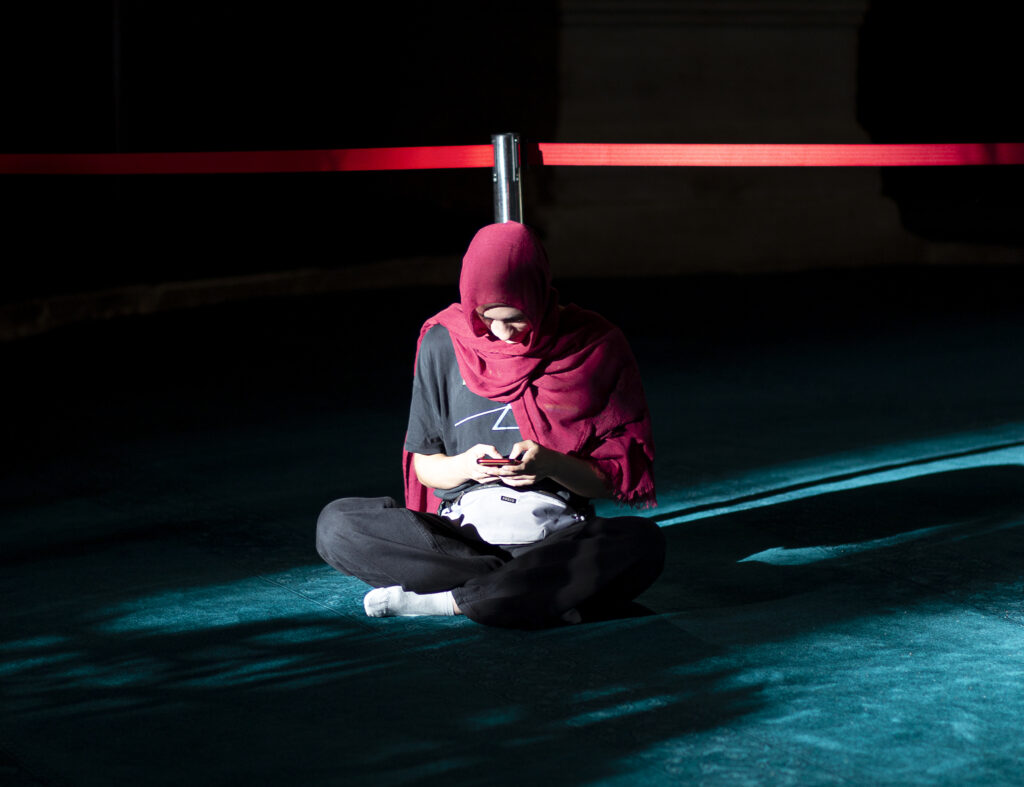
The hijab is a symbol of the Islamic State, according to the clerics. Many women believe the law was enacted to assert power over them. It’s not merely a matter of following the dress code, it’s about women having the basic right of free will. Furthermore, men should not exert control over women’s clothing choices, and fashion should not be used by men to assert power over women.
In some parts of the world, women might be judged for showing too much skin, while in others for showing less. The extremes are everywhere, we are often judged based on our fashion choices. Fashion and body image criticisms are frequently the source of depression and we are struggling to fit the “unrealistic standards”.
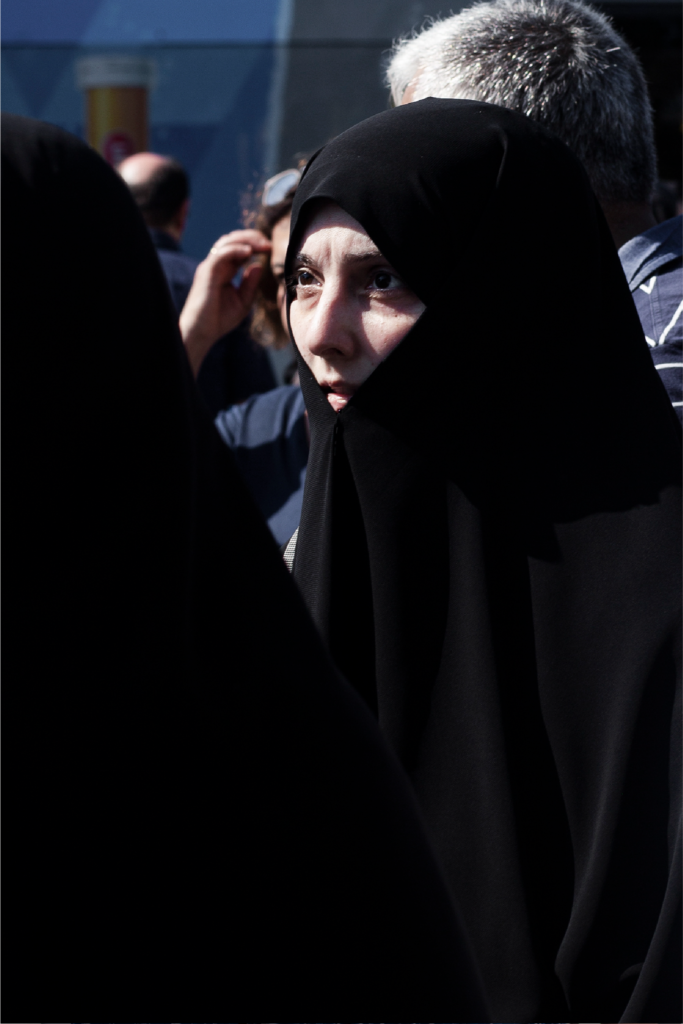

Throughout most of history, women were not permitted to engage in any form of business, education, politics, or other legal activity. Some women, however, stood up to fight for women’s rights. The struggle for women’s rights and environmental rights is connected, Noël Sturgeon, a professor of Women’s studies at Washington State University and the author of Ecofeminist Natures: Race, Gender, Feminist Theory, and Political Action, explained why environmentalism and feminism were inextricably linked. In her article, she stated that
“we talked about connections between violence against women and the rape of the Earth.”
(Noël Sturgeon).
Ecofeminism arose in response to the threat of environmental destruction as well as the threat of masculine violence against nature and women. “The same things that are harmful to the environment are also bad for women. Ecofeminist concerns cannot be separated from these contexts, which means that constructing any ideology must prioritise avoiding ecological disaster and dismantling male violence against women and nature.” (Sami Brisson). To return to Amini’s death and the hijab law, while it appears to be a political issue about women’s control and injustice on the surface, the root traces back to how nature and women are viewed as subordinate, which are issues that ecofeminists have been discussing.
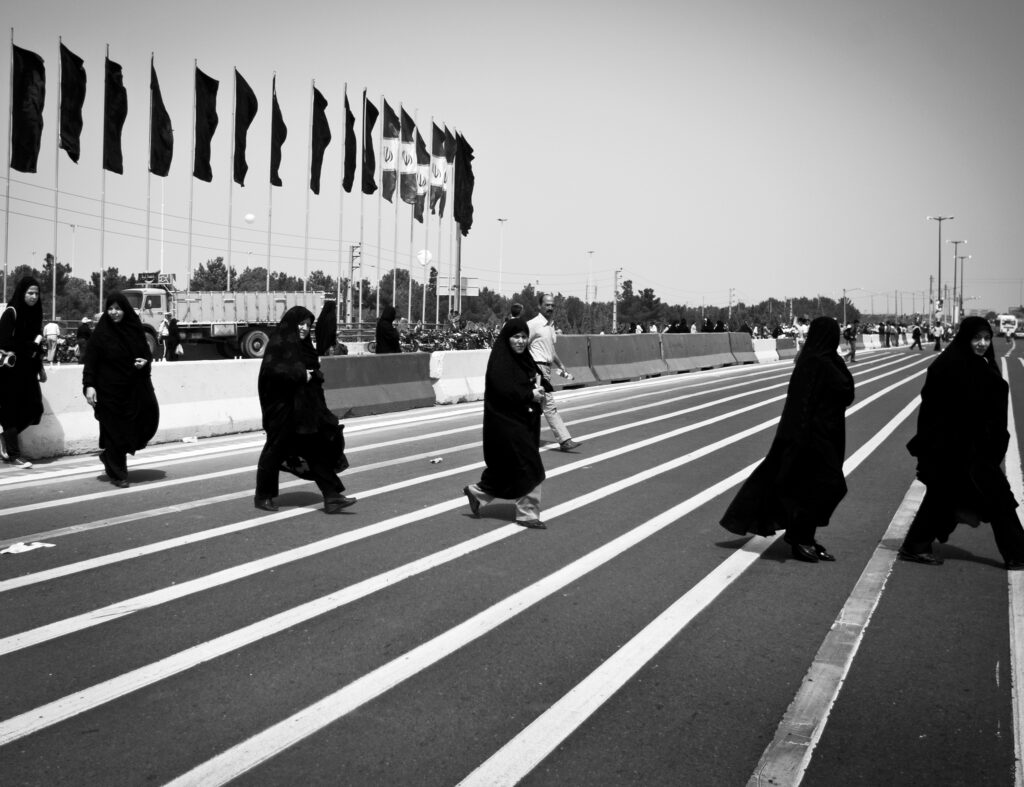
In Arab countries, women are needed to follow the dress codes and hijab laws. However, keeping up with fashion trends and the unreal body image on social media has slowly become the dress code globally.
Social media icons post different outfits daily, promoting fast fashion but at the same time promoting unreal body standards. Meanwhile, the fashion industry is the world’s second-largest consumer of freshwater, and pollutes the oceans with micro plastics. The industry is responsible for 10% of all human carbon emissions. (Insider). Fast fashion brands offer more than 12 collections per year of cheap, poor equality and unethical garments. People discard garments more frequently and buy new ones as a result of inequity. This cycle causes significant environmental damage. Furthermore, unrealistic body standards have a negative impact on women’s mental and physical health. Many fashion models admitted to replacing food with cigarettes, black coffee, tissues, or even cotton buds. This brings up the issue of the fashion industry valuing models as mannequins to show off clothes rather than prioritizing their health as human beings. (FCF Magazine). Women frequently suffer from depression, anxiety disorders, or eating disorders as a result of attempting to achieve an unrealistic body image. The hijab law, dress code, unrealistic body image, and fast fashion all have a negative impact on women’s mental and physical health, as well as the health of the planet.

Protests around the world have spoken out not only for Masha Amini but also for Iranian women and countries with hijab laws. This has also written a significant chapter in the history of women. People in the twenty-first century should not be afraid to speak up about any issue. People should own the power of their fashion choices, body image, and freedom of expression in order to improve society.
Changing the perception that women and nature are subordinate may take decades, but small steps can pave the way for the future. It is hoped that no more lives will be lost in order to break the stereotype of female and natural control, toxic masculinity, and fashion standards.
Written by Casey Chan @KixCasey
Image Curation by Michela Gallesio @Michela_Gallesio
Featured Photographers Tommaso Moni @Tommaso_Moni (Image 2,3,5,6,7)
Pooyan Taba/ NVP Images @PooyanTaba @NVPImages (Image 1,4,8)
Hameda Froozi @Hameda_1988_Demah (Image 9)



